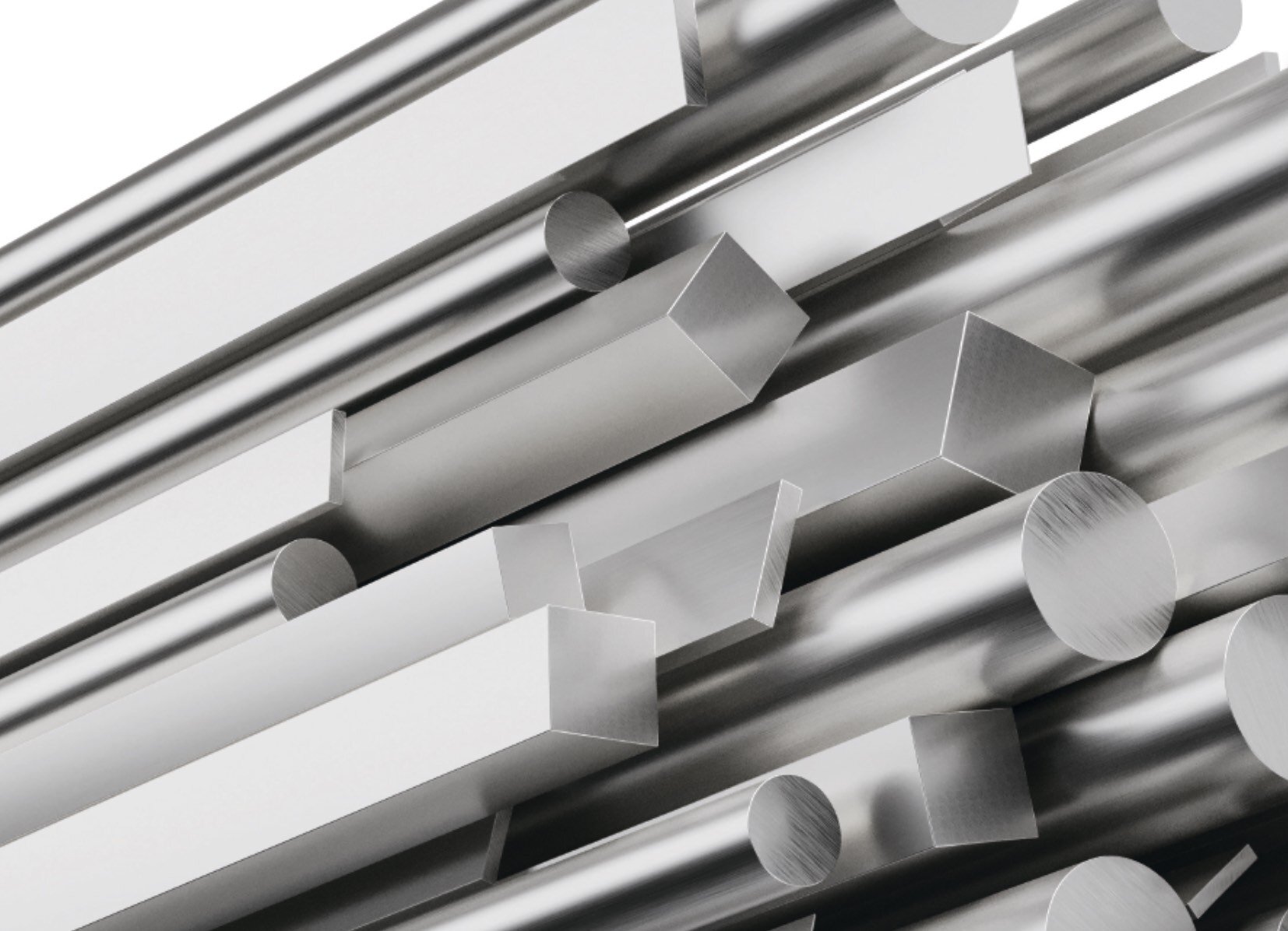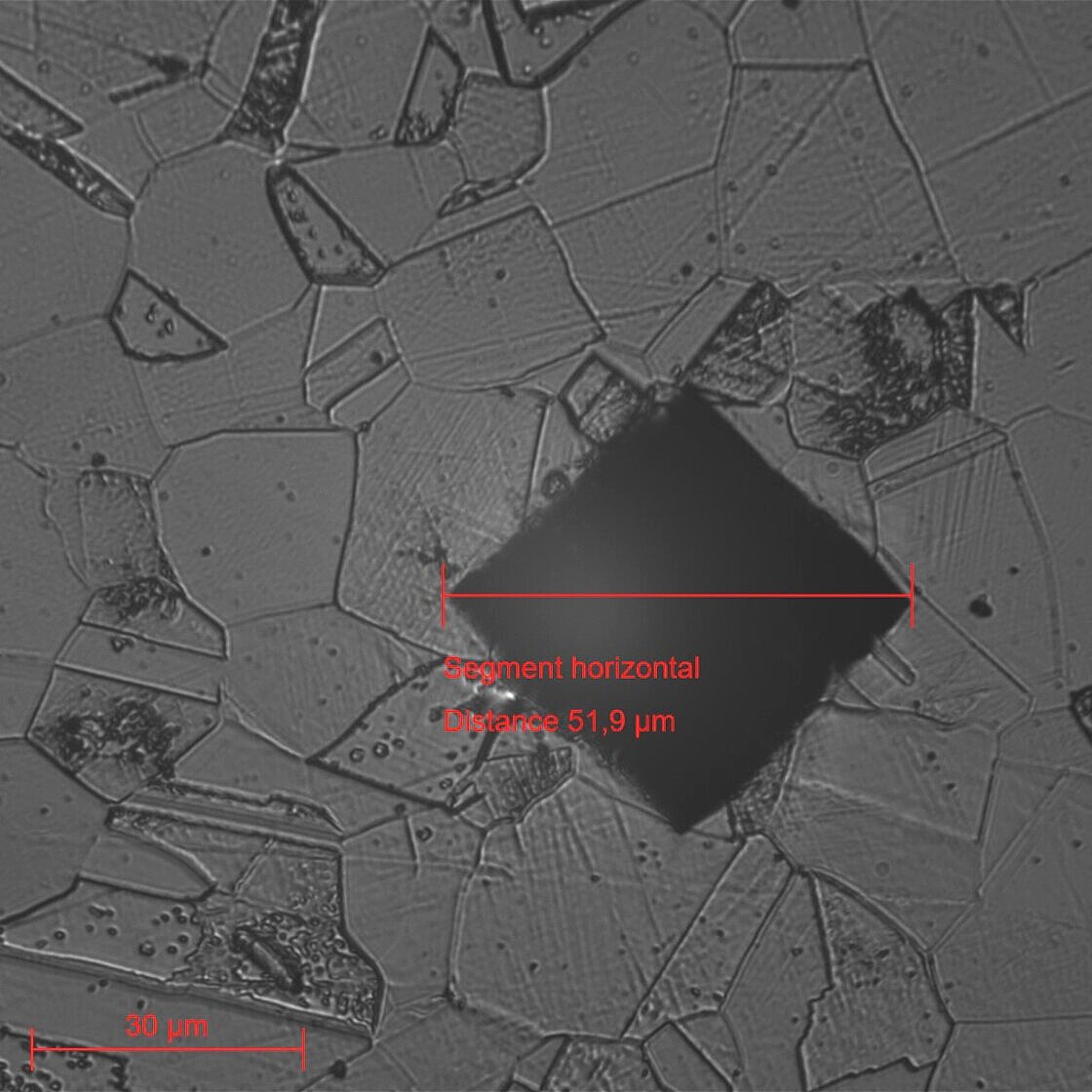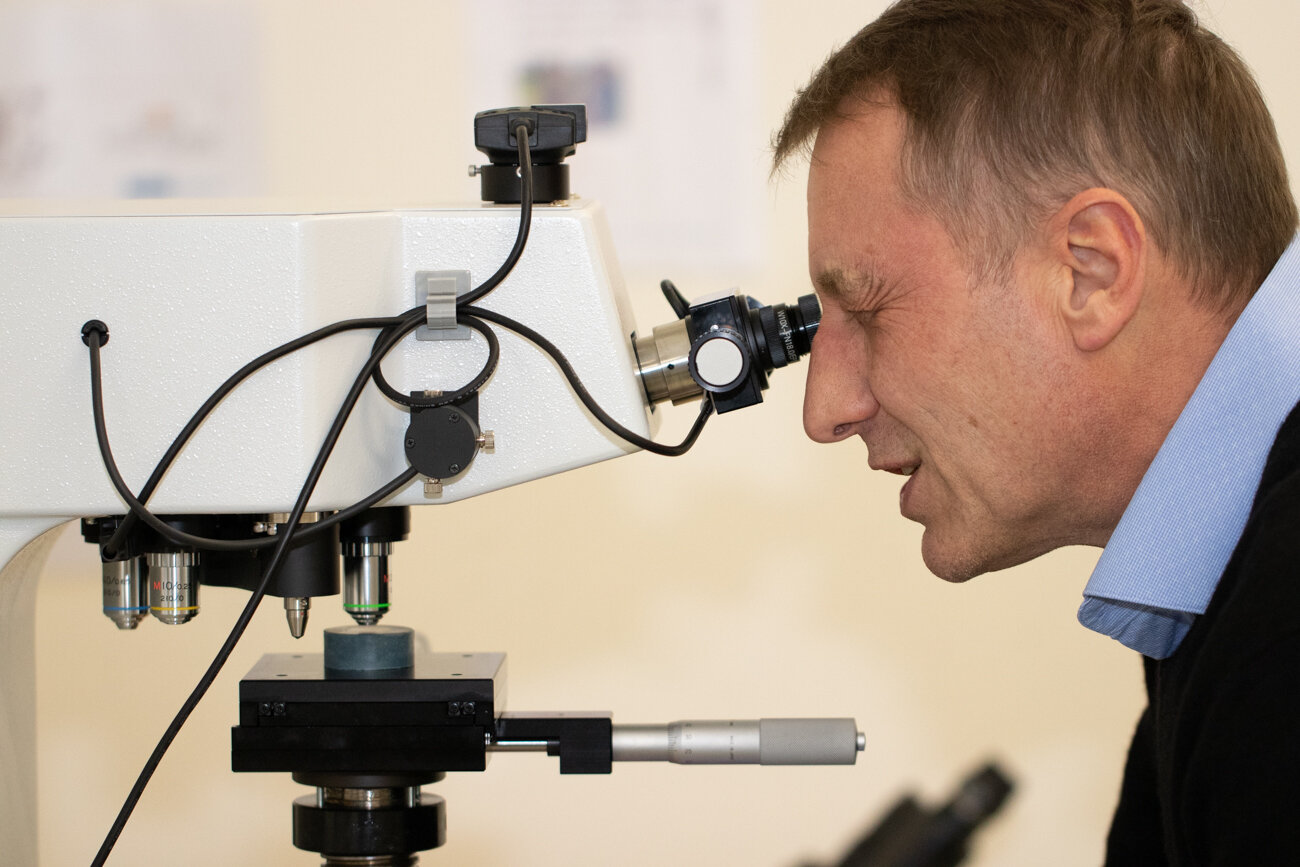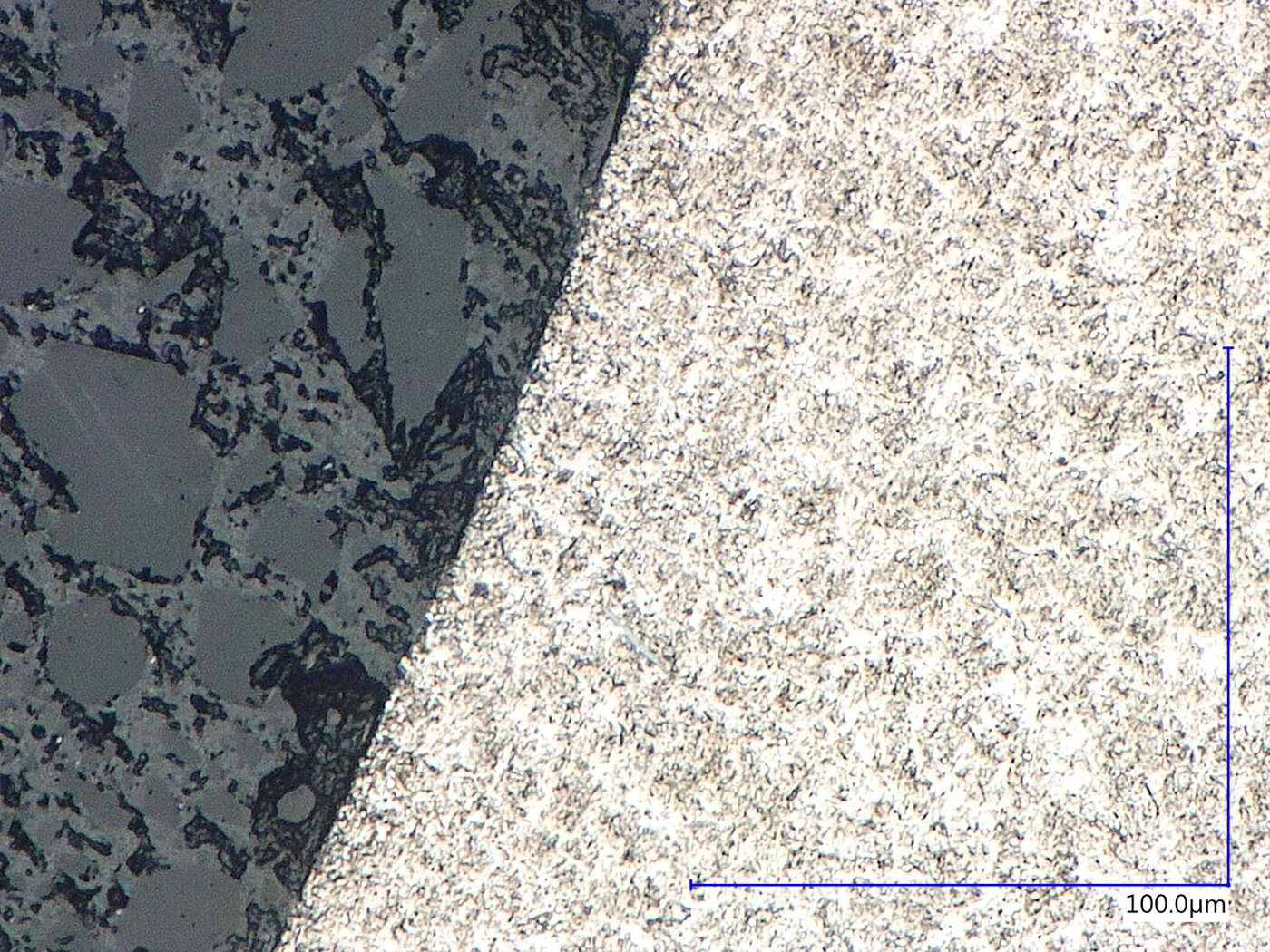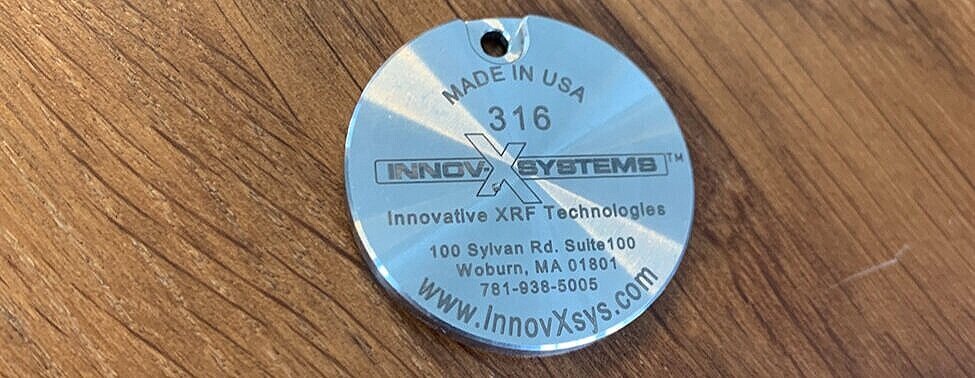Making Steel
Different steel alloys are used in the watch industry for making diverse components and tools, ranging from watch cases, winding crowns to levers, cams and screws.
Making steel is both a science and an art. One of the very first of many steps in the development of a product that is not always considered. Before a house can be built, the building materials will ultimately dictate the strength of construction and how it weathers time. Regardless of the quality of architecture and the craftsmanship of the builders and artisans, the materials to be used are the first consideration before the foundations are laid. In the domain of materials, there are innovations and improvements on familiar standards in constant development.
Developing the recipes for the different alloys in order to fulfil the different purposes the steels will perform, requires an understanding of metallurgy. Equally important is the experience gained over time in their development, including feedback from clients and the markets.
New alloys are constantly being developed for reasons ranging from: improved ease of machining and finishing, reduction of waste, environmental friendliness and alloys made to adapt to new manufacturing techniques.
The list continues and constantly changes as new developments and innovations are made in the industry. Social-political changes also affect what and how products are made. Companies search for more efficient ways to produce components and to differentiate products.
FCDH Aciers SA develops and sells different forms of steel made to the specific requests of their clients, from a wide-ranging arena of industries, including watchmaking to medical and aeronautics.
The content of this page revolves around the laboratory at FCDH Aciers SA and centres on three areas of study; hardness, structure and composition.
Analysis
The function of the lab is to provide the necessary analysis required in the development of new metals, as well as research into existing ones.
Clients can bring samples of steel for analysis. The analysis made of existing steel leads to an understanding of the properties of the alloys and on occasions where they originate on the planet.
Recycling of steel is commonplace, this practice carries both positive and negative attributes. The positive does not need to be explained, the negative is more subtle. If some of the recycled steel originates from industries that are linked to medicine, nuclear power or the military, there lies the possibility that a small percentage of radioactivity is present. The lab is used to analyse materials to ensure that apart from fulfilling the roles required of them, they are also safe.
Examples of different steel recipes.
Different recipes are produced for the diverse needs of the industry. These can range from requests that facilitate the manufacturing process using a specific alloy, to the particular use the final component made of the steel, will be used for.
For example, steel reference CDH20.20 is a newly developed alloy that facilitates the process of manufacture of watch cases. Its malleability makes it easier to machine than standard steels reducing waste. It’s easier to polish and provides a higher final mirror finish than conventional stainless steels used in the industry. In addition, it contains less nickel and chrome compared to the industry-standard 316L, assuring that it will not create allergic reactions on anybody wearing a product made from it.
Steel SP390D is used for making specific tooling used for cutting metal sheets, and steel SP360 is used for making tooling for stamping out components.
A solution for resolving inconsistencies in steel.
A steel bar used for making a watch case is not necessarily pure through the full cross-section of the material. Crudely expressed in the image below there are impurities in the centre. If the central part of a case is made with this material the section containing the impurities in the centre of the bar will not be used and no issues will result in the machining and finishing process.
This kind of analysis and knowledge is followed by the subsequent solutions, is part of the process in developing the correct metals for specific uses.
However, if for example a solid case back was produced from such a material the result could result in both inconsistencies in polish as well as an increased likelihood that there would be an allergic reaction when the material touches the skin of the wearer. The solution for such an issue would be the production of the steel through Isostatic Compression, instead of the steel being mixed and formed into steel bars through the traditional furnace and rolling processes. Isostatic Compression produces a steel bar by placing steel powder with additional elements into a tubular mould, heating it to approximately 1200 degrees Celsius and applying pressure to the contents, inside of a vacuum, to assure the material is consistent and pure.
Verifying the hardness of a steel.
A small piece of steel is cut, lapped and set into bakelite. The surface is then polished to ensure it is flat facilitating the hardness test.
A sample piece of steel to be analysed
The sample set into a modern form of bakelite (that is harder than conventional plastics)
In the forefront of the image, surrounded by optics of different magnification is a metal cone with a small pyramid shaped centre punch (or indenter), made from hard metal or diamond set at its tip.
The indenter is turned to aline with the sample piece of steel and is pushed into the steel with a specific pressure. Resulting in a pyramid indent in the surface of the material, (shown below).
Diagram of the indenter
Image of a resulting indentation
The softer the material the larger the form of indent, the harder the material the smaller the indent.
The resulting indent can then be optically viewed and measured. The measurement is taken from the diagonal across the pyramid indent and can then be associated with a ‘Vickers’ unit of measurement. (Photograph, Henri Machwirth, metallurgist, material engineer.)
The ability to measure precisely the hardness of the material is one of the primary criteria in understanding the properties of the steel. However, multiple samples of a batch of steel will be tested in this way to assure the consistency through out. In addition, the same process will be repeated to test the material after it has undergone different hardening processes, in order to understand further the properties of the material depending on the type of hardening and surface treatments the material is developed for.
Analysing the surface structure of the material.
The stainless steels used in the production of watch cases should not have magnetic properties, avoiding any influences magnetism might have on the timekeeping of the watch. By viewing the surface structure of the steel this can be checked, with the correct knowledge of how to read the surface configuration.
In the analysis of metals, inverted microscopes are often used to facilitate the posing of different sizes of metal samples.
A plate covering the lens’s, forms a table for the material to be viewed.
A cross section of a nut set into the bakelite polymer lapped, polished and ready to be viewed.
The magnification ranges from x50 to x1000.
The nut placed upside down to be viewed by the microscope. High intensity lighting is built into the underside of the supporting plate.
Surface structures
Austenitic 1 and 2, from a watch case back. The austenite and its maclée structure can be seen here. Austenitic stainless steel is one of the five classes of stainless steel by crystalline structure (along with ferritic, martensitic, duplex and precipitation hardened).
Tempered steel images 1-4. The magnification is shown on the right of the photos. These are conventional mechanical parts. The Martensitic structure can be seen as well as the carbides. Martensite is a very hard form of steel crystalline structure. It is named after German metallurgist Adolf Martens.
Structure 1, represents the structure of CDH 20.20 but with an etching that reveals a part of the austenitic structure that is spotted.
Structure 2, represents the same structure as structure 1 but with the etching process increased longer to reveal all the austenite.
Spectrometric analysis
A spectrometer, allows the operator to analyse and confirm the qualities of steels or alloys such as iron, nickel, aluminium, copper and titanium. The qualities of the steel are dictated by the type and percentages of elements within them.
“Spectrometry is the measurement of the interactions between light and matter, and the reactions and measurements of radiation intensity and wavelength. In other words, spectrometry is a method of studying and measuring a specific spectrum, and it's widely used for the spectroscopic analysis of sample materials.” A quote from ATA scientific instruments.
The spectrometer, its sensor laying flat on a metal sample of 316 stainless steel.
The readout showing the different elements and their percentages within the 316 steel.
Fe (iron) 68.4%, Cr (chromium) 16.52%, Ni (nickel) 10.79%, Mo (molybdenum) 2.09%, Mn (manganese) 1.5%, Cu (copper) 0.48%, V (vanadium) 0.17%
Sample disc of 316 an industrial standard of stainless steel used in the production of good quality watch cases.
In the opening section of the page we describe making steel is both a science and an art. There is the scientific element based upon analysis and experience, but the subtleties that create new alloys are delicate and born of feeling as well as trial and error that has been developed through a passion of metallurgy.
FCDH Aciers SA was founded in 2018 within the Froidevaux Group based in Saint-Imier, Switzerland.
To learn more FCDH Acier SA

